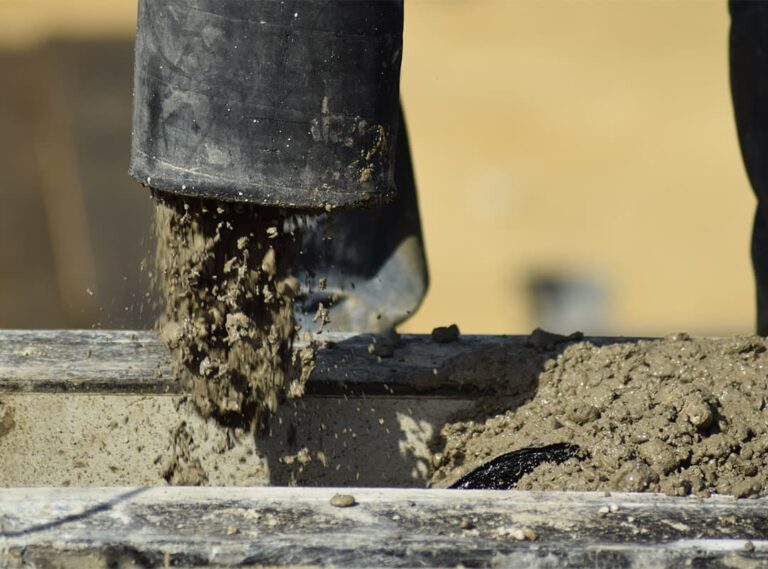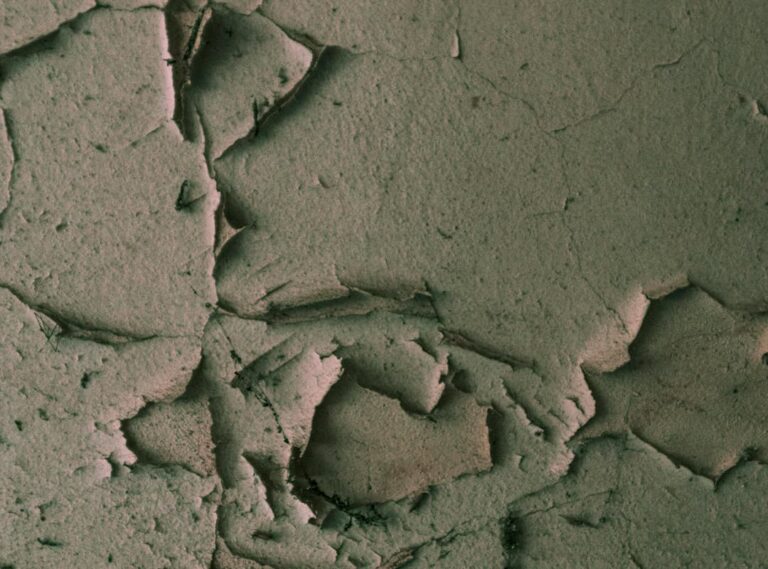Of all the characteristics that concrete has, mobility is the most unfamiliar to non-specialists. At the same time, it is the key to the purpose and application of the finished solution, so it deserves a separate and the most detailed consideration.
What is the mobility of concrete
Recall, we are not interested in grade, frost resistance, strength and other properties, since almost any concrete can have mobility, labeled from M1 to M5.
The formal definition is as follows: “Mobility (hereinafter M of concrete mortar is the ability to spontaneously spread under the action of its own weight or under slight impact”.
Again, formally, water is of key importance: the more of it there is, the more mobile the mixture will be. Hence the incorrect conclusion that only the amount of water determines the mobility characteristic, although in fact the physics of the process is much more complex.
To appreciate how this looks in construction, let’s take a simple example. If you pour out of a dump truck a low-mobility compound (M1), it will remain lying in a heap, which will have to be raked with shovels. Poured out of the mixer (such mortars are not taken by dump trucks) very plastic mixture (M5) will spill out a large, uniform spot. As you understand, a large fluidity will not allow to solve some problems, and too dense mass – others, so the characteristic directly affects the applicability.
Mobility is also known as plasticity, workability or stiffness. It does not change the essence of the matter, we are talking about the same thing – the density, viscosity or, scientifically speaking, the degree of cohesion of the mortar. Simply put, it is nothing but the viscosity of the finished cement-sand mass with filler.
What affects the mobility, on what it depends and what is it like
When mixing concrete according to the recipe, components are added, including water, which really has a decisive effect on the P. But this is not all. The indicator is affected by the internal frictional forces of the particles, so other factors are also important:
- Cement grade (the final density of the cement dough);
- The ratio of water to cement;
- Size and shape of sand and fillers;
- The overall ratio of all components;
- Purity of water (minimum impurities and inclusions, ideally distilled water);
- Fineness and uniformity of cement grinding, the higher the uniformity the better;
- Purity of sand and aggregate, washed material refers to the benchmarks;
- Additives and modifiers.
Another factor rarely mentioned is thoroughness of mixing. A poorly mixed concrete mix will be stiffer than a well-mixed one. It is for this reason that the mortars prepared on site in a concrete mixer are always inferior in quality and standards to factory mixes.








